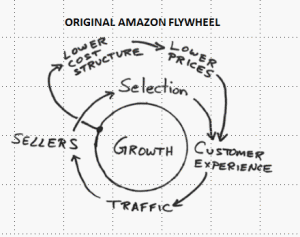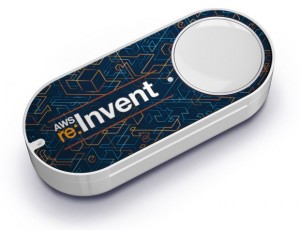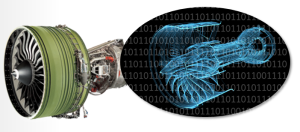Could blockchain be the answer to IoT security woes?
I hope so, because I’d like to get away from my recent fixation on IoT security breaches and their consequences, especially the Mirai botnet attack that brought a large of the Internet to its knees this Fall and the even scarier (because it involved Philips, a company that takes security seriously) white-hat hackers attack on Hue bulbs. As I’ve written, unless IoT security is improved, the public and corporations will lose faith in it and the IoT will never develop to its full potential.
Now, there’s growing discussion that blockchain (which makes bitcoin possible), might offer a good IoT security platform.
Ironically — for something dealing with security — blockchain’s value in IoT may be because the data is shared and no one person owns it or can alter it unilaterally (BTW, this is one more example of my IoT “Essential Truth” that with the IoT data should be shared, rather than hoarded as in the past.
If you’re not familiar with blockchain, here’s an IBM video, using an example from the highly security-conscious diamond industry, that gives a nice summary of how it works and why:
The key aspects of blockchain is that it:
- is transparent
- can trace all aspects of actions or transactions (critical for complex sequences of actions in an IoT process)
- is distributed: there’s a shared form of record keeping, that everyone in the process can access.
- requires permission — everyone has permission for every step
- is secure: no one person — even a system administrator — can alter it without group approval.
Of these, perhaps the most important aspect for IoT security is that no one person can change the blockchain unilaterally, adding something (think malware) without the action being permanently recorded and without every participant’s permission. To add a new transaction to the blockchain, all the members must validate it by applying an algorithm to confirm its validity.
The blockchain can also increase efficiency by reducing the need for intermediaries, and it’s a much better way to handle the massive flood of data that will be generated by the IoT.
The Chain of Things think tank and consortium is taking the lead on exploring blockchain’s application to the IoT. The group describes itself as “technologists at the nexus of IoT hardware manufacturing and alternative blockchain applications.” They’ve run several blockchain hackathons, and are working on open standards for IoT blockchains.
Contrast blockchain with the current prevailing IoT security paradigm. As Datafloq points out, it’s based on the old client-server approach, which really doesn’t work with the IoT’s complexity and variety of connections: “Connection between devices will have to exclusively go through the internet, even if they happen to be a few feet apart.” It doesn’t make sense to try to funnel the massive amounts of data that will result from widespread deployment of billions of IoT devices and sensor through a centralized model when a decentralized, peer-to-peer alternative would be more economical and efficient.
Datafloq concludes:
“Blockchain technology is the missing link to settle scalability, privacy, and reliability concerns in the Internet of Things. Blockchain technologies could perhaps be the silver bullet needed by the IoT industry. Blockchain technology can be used in tracking billions of connected devices, enable the processing of transactions and coordination between devices; allow for significant savings to IoT industry manufacturers. This decentralized approach would eliminate single points of failure, creating a more resilient ecosystem for devices to run on. The cryptographic algorithms used by blockchains, would make consumer data more private.”
I love it: paradoxically, sharing data makes it more secure! Until something better comes along and/or the nature of IoT strategy challenges changes, it seems to me this should be the basis for secure IoT data transmission!
“




